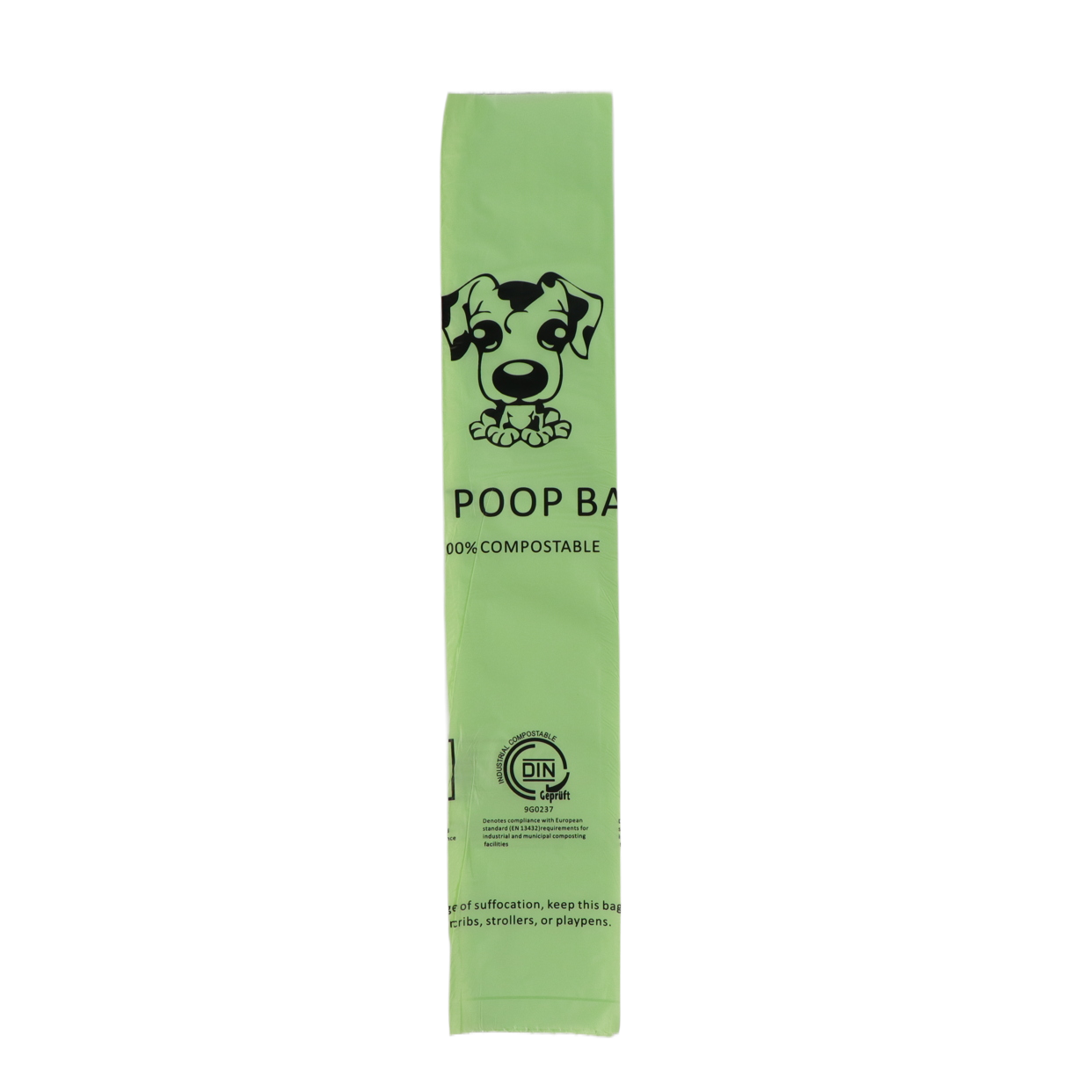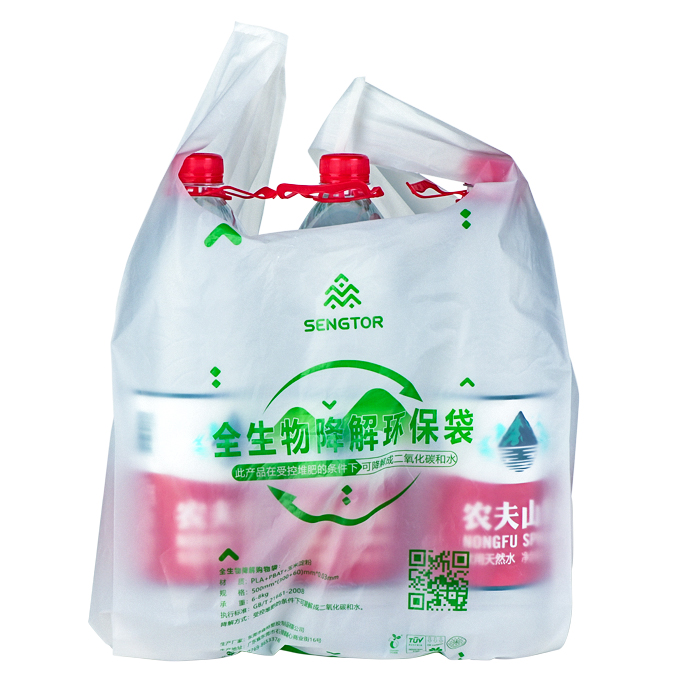Company News
At present, there is no uniform international standardized definition of biodegradable plastic bags in the world, but the definition of biodegradable plastic bags is: under specific environmental conditions, the chemical structure of biodegradable plastic bags changes significantly, and the physical properties of biodegradable plastic bags change significantly. Properties can be determined by standard test methods. The molecular chains of biodegradable plastic bags can be biodegraded by microorganisms in waste treatment systems or natural loops in the environment, and finally converted into carbon dioxide (or methane) and water, and enter the biocombined cycle process. The environment absorbs completely, leaving no polymer behind.

Degradation mechanism of biodegradable plastic bags: Most of the synthetic pure polymers have the ability to resist microbial erosion. However, additives such as plasticizers, lubricants, pigments and antioxidants can reduce this ability. Fatty acid residues from plasticizers such as stearate can be degraded by microorganisms, leading to damage to polymer surfaces, properties, and even infrastructure. It is well known that the degradation of natural polymers by microorganisms is accomplished by enzymes and proteins produced during biosynthesis. These enzyme proteins can be localized in the cell wall or in the protoplast structure of the cell. Some enzymes can sneak into the surrounding environment, while others stay inside the cell and are only released when the cell is mechanically lysed or damaged. Enzymes have only highly specific catalytic capabilities for biochemical reactions, and can proceed rapidly under suitable physiological conditions.
There are two ways to degrade biodegradable plastic bags, which can be divided into:
(1) Biophysical degradation method: When microorganisms attack and erode polymer materials, due to the growth of biological cells, the polymer components are hydrolyzed, ionized or protonated, and then split into oligomer fragments, and the polymer is degraded by molecules The structure remains unchanged, which is the degradation process of polymer biophysics.
(2) Biochemical degradation method: Due to the direct action of microorganisms or enzymes, the polymer is decomposed or oxidized into small molecules, and finally decomposed into carbon dioxide and water. The degradation method belongs to the biochemical degradation method.




